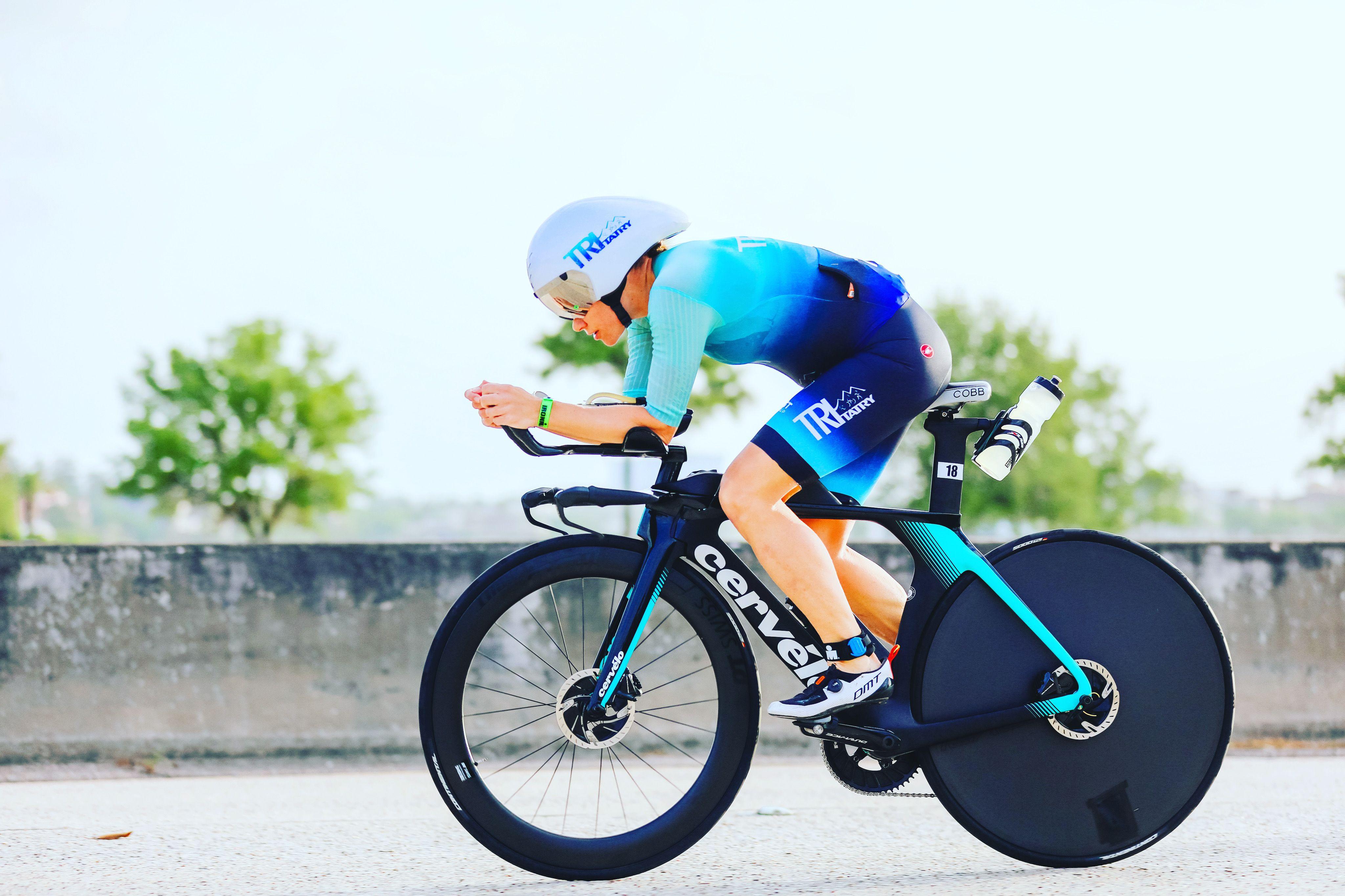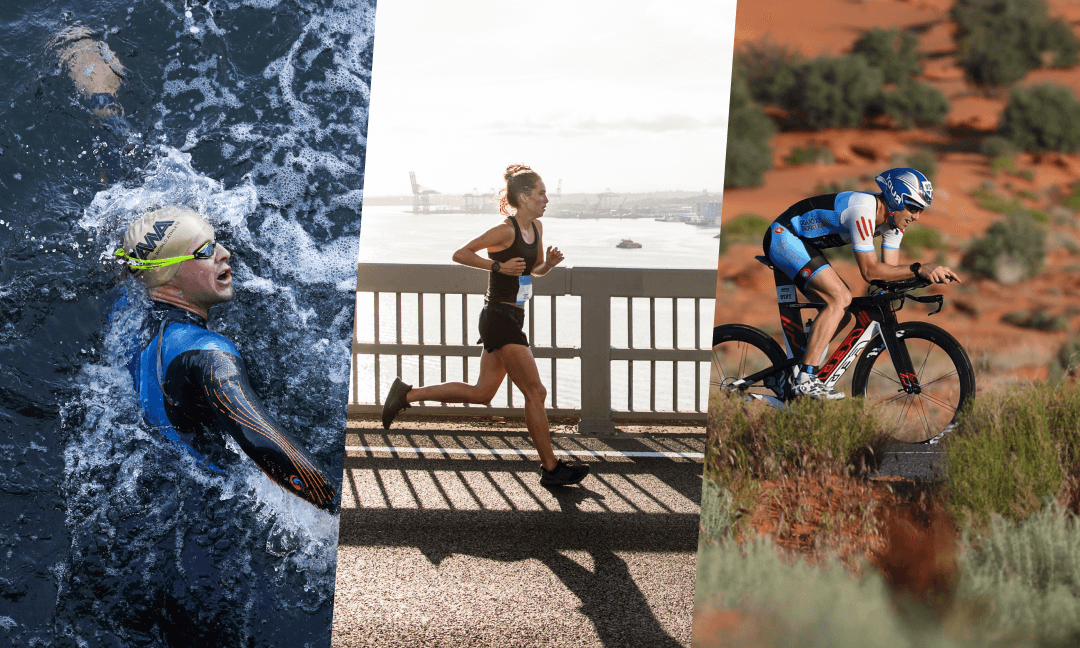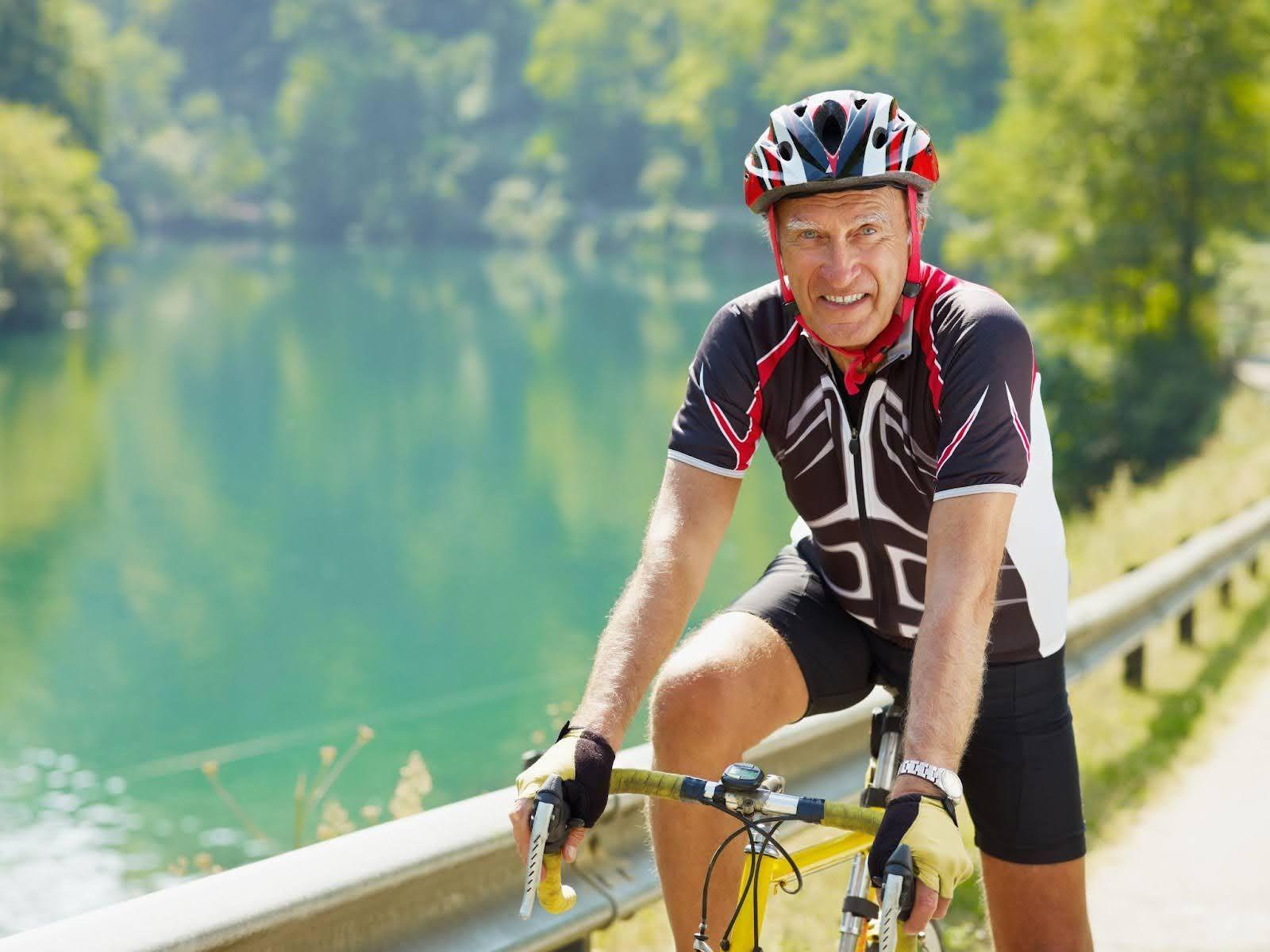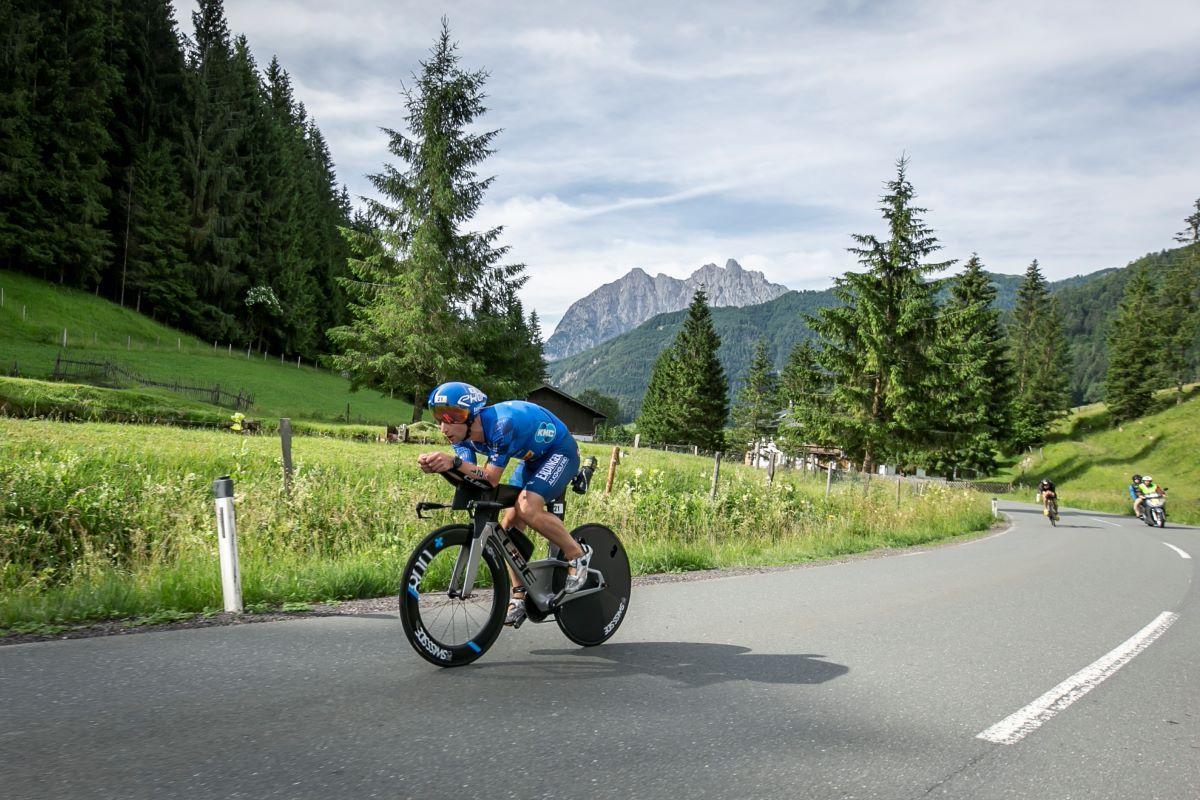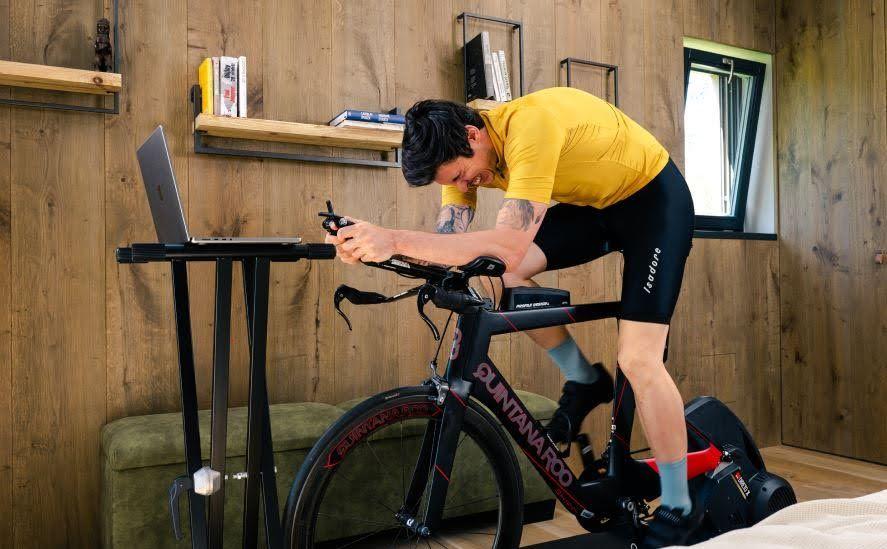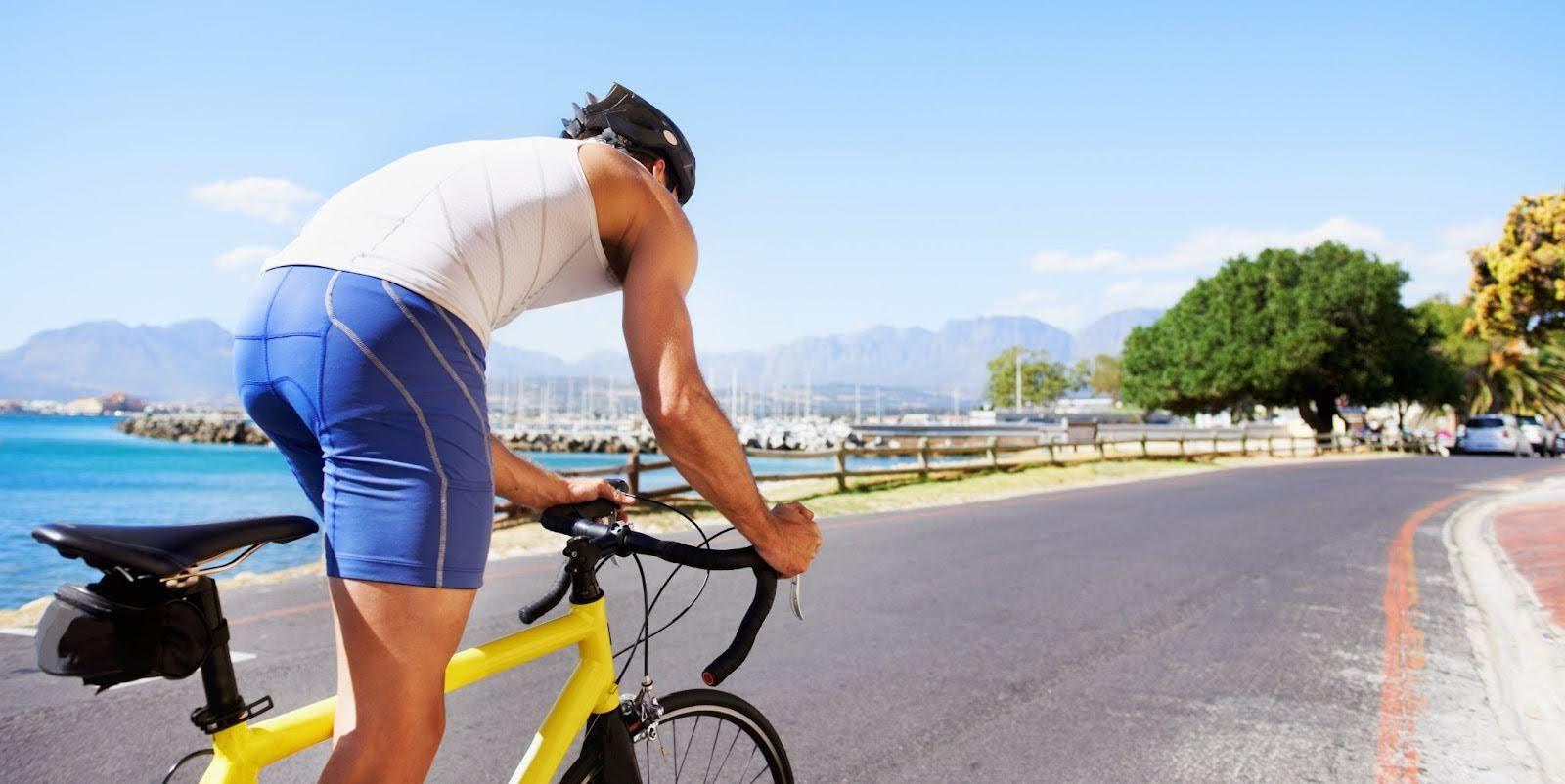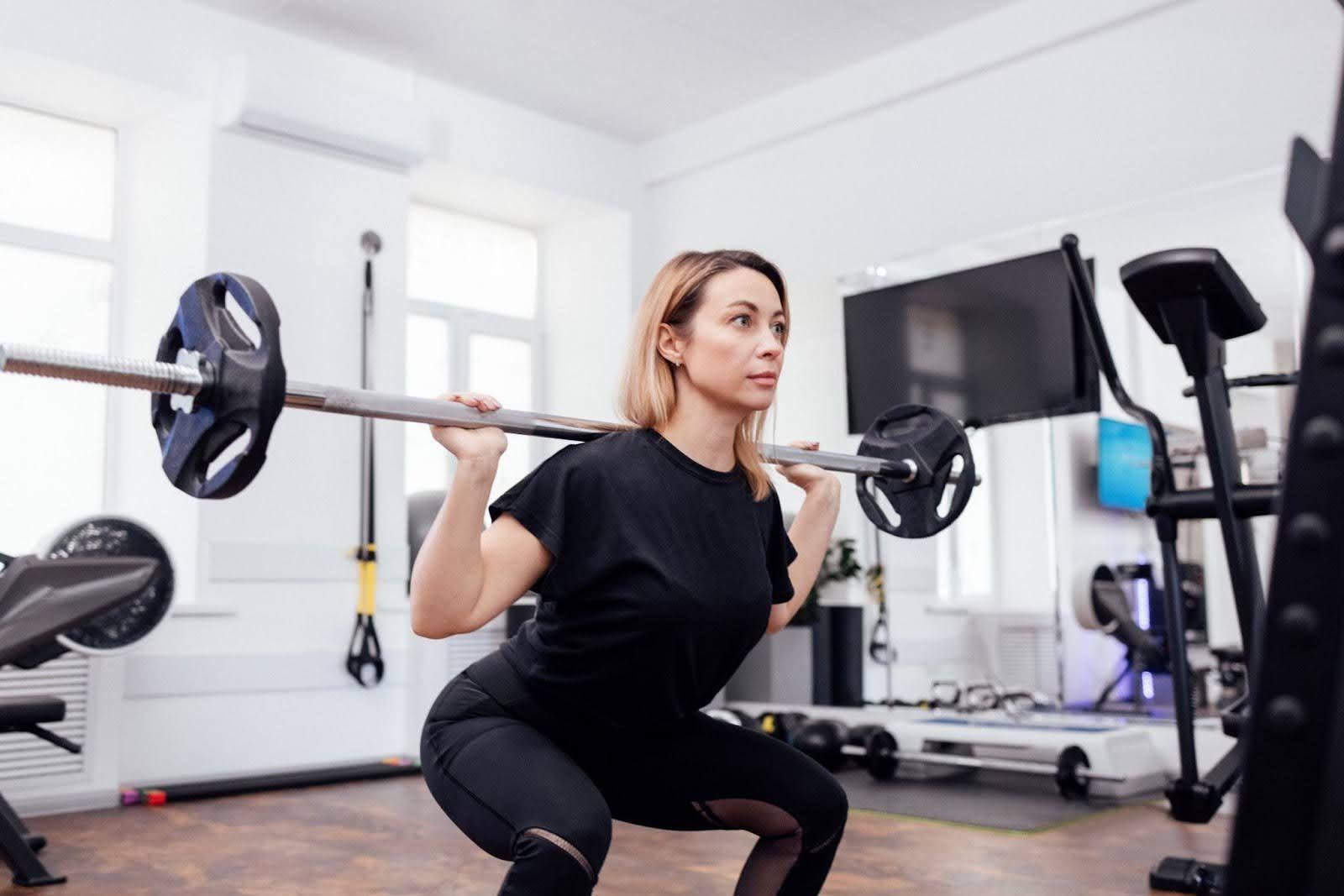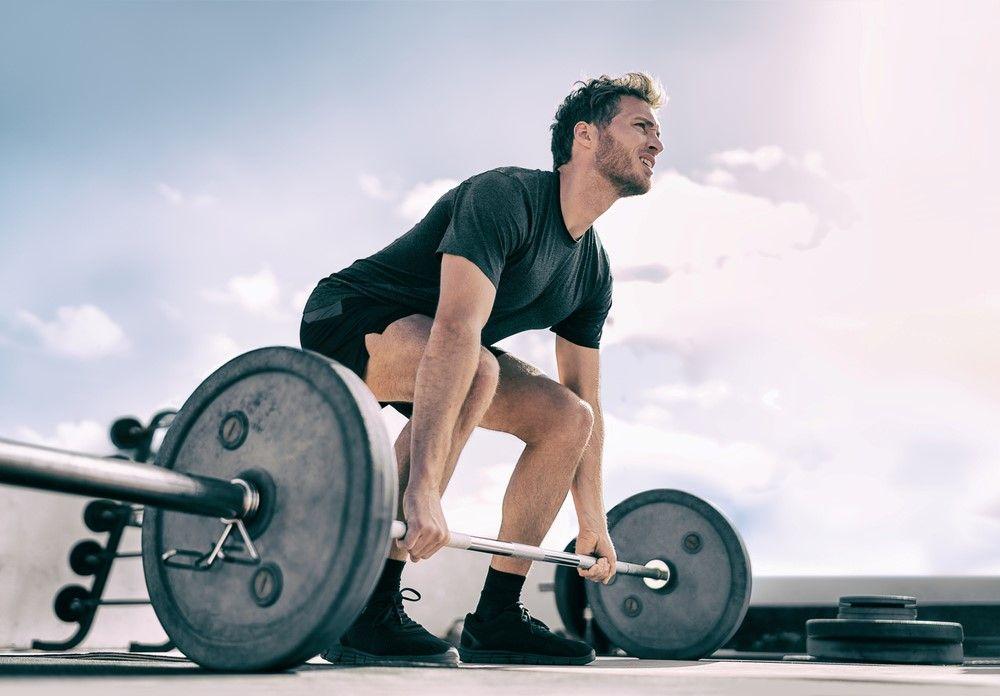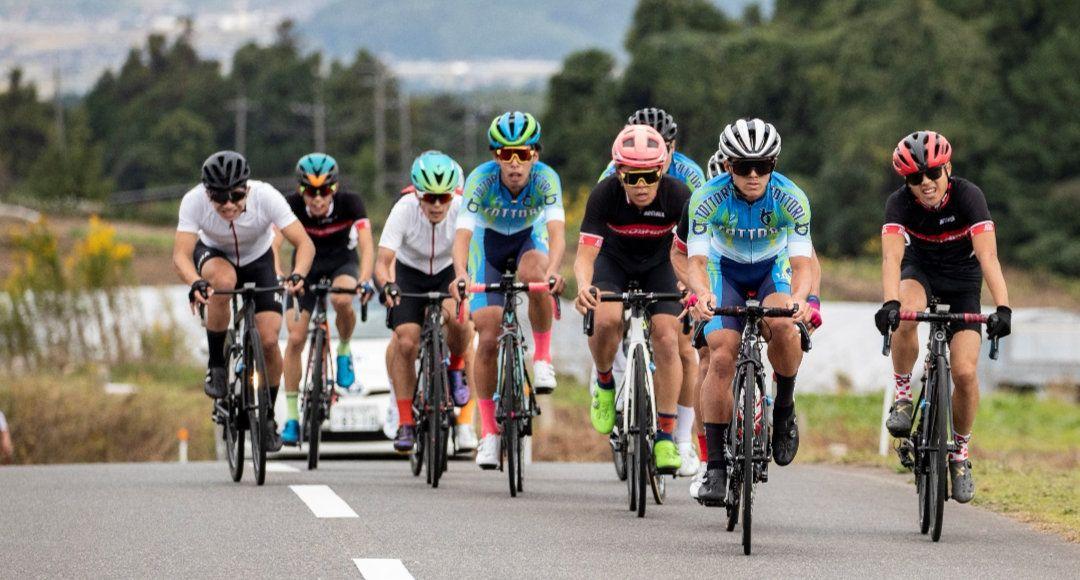Each of us is an individual with a completely different history in sport and physiology, with different strengths and weaknesses.
However, there are some key principles from which endurance athletes can benefit:

CONSISTENCY
Avoid "hero sessions" – giving your all in single-day training sessions - which can later affect your recovery and cause you to lose several days of quality training. The key is to maintain the same stimulus through regular training sessions and their repetitions with small progressions, targeting specific energy systems.
Allow time for adaptation to take place. In your interval training, make sure you target the right energy system rather than pushing 20 watts more just because you can.
Each session should strike a proper balance between the energy system trained, lactate accumulation, and lactate recovery rate.
BASE TRAINING
Building a good base is like constructing a stable house. Every house needs a solid foundation to ensure it is well-built and can stand for the long term. We need a strong base in Z1-Z2, ideally up to 1.8 mmol. Avoid mixed zones or large group rides filled with ego, where you ride in the zones of others, while your focus should be on building an aerobic base. Only with a solid base can you have a long, stable, successful season and build on it with high-quality, high-intensity sessions.
Aerobic Endurance Training Benefits:
- Increased heart size
- Improved endurance
- Higher heart stroke volume
- Increased cardiac output
- Enhanced blood plasma volume
- Reduced heart rate (at the same intensity)
- Greater capillary density
- Growth in mitochondrial size and density
- Expansion of muscle fibre cross-sectional area
- Improved fat oxidation

SLEEP AS A KEY PART OF RECOVERY
The most significant difference between age groups and professional athletes is the available time for recovery. Professionals can focus on: Train, eat, sleep, and repeat. Age groupers, however, have work and family commitments alongside training.
It's essential to set your priorities right. You can't expect to train as much as professional athletes and still recover effectively. Often, age group triathletes wake up at 4 am for their first session, work 8-10 hours, spend time with their families, finish their second session at 9 pm or later, and then go to bed at 11 pm.
Without proper sleep, recovery and adaptation from training won't occur. Thus, prioritize sleep quality over excessive training. Aim for 8 hours of sleep ideally, and strive for at least 7 hours if possible. A great approach is scheduling longer training sessions for weekends when you have more time available and shorter interval sessions during the week. Be efficient!
EATING THE RIGHT FOOD AT THE RIGHT TIME
Training involves structured workouts aimed at improving or maintaining performance over time by manipulating the structure, intensity, duration, and frequency of training sessions.
Sufficient carbohydrate energy is necessary for athletes to meet the demands of competition and recover from subsequent competitions. Intense exercise sessions, such as competitions and high-intensity training, demand a significant amount of carbohydrates.
Depending on the length and intensity of exercise, the recommended carbohydrate intake during exercise is between 60-90g of carbs per hour. If you plan to race soon, train your body to handle this amount regularly. You've likely heard of the 60-minute "post-workout window" for nutrient intake after exercise. What's the right meal post-workout? Opt for a good source of carbohydrates with a high glycemic index, followed by a quality protein source. Carbs replenish glycogen stores in your muscles and repair potential muscle damage.
Generally, post-exercise carbohydrate intake should be 1-1.2 grams per kilogram of body weight, depending on session length and intensity. For post-exercise protein intake, about 0.2–0.5 grams of protein per kilogram of body weight has been shown to enhance muscle protein synthesis. Avoid fats and fiber immediately after a workout, as they slow down glycogen replenishment and recovery.

REFERENCES:
(1) Bishop DJ, Granata C, Eynon N. Can we optimize the exercise training prescription to maximize improvements in mitochondrial function and content? Biochim Biophys Acta Gener Subj. 2014;1840:1266–75. https://doi.org/10.1016/j.bbagen.2013.10.012. (2) Tønnessen E, Sylta Ø, Haugen TA, Hem E, Svendsen IS, Seiler S. The road to gold: training and peaking characteristics in the year before a gold medal endurance performance. PLoS One. 2014;9:e101796. http://www.ncbi.nlm.nih.gov/pubmed/25019608. Accessed 2 Aug 2017. (3) Granata C, Jamnick NA, Bishop DJ. Principles of exercise prescription and their influence on exercise-induced changes in transcription factors and other regulators of mitochondrial biogenesis. Sports Med. 2018;48:1541–59. https://doi.org/10.1007/s40279-018-0894-4. (4) Stellingwerff T, Heikura IA, Meeusen R, Bermon S, Seiler S, Mountjoy ML, et al. Overtraining syndrome (OTS) and relative energy deficiency in sport (RED-S): shared pathways, symptoms, and complexities. Sports Med. 2021;51(11):2251–80. (5) Parolin ML, Chesley A, Matsos MP, Spriet LL, Jones NL, Heigenhauser GJF. Regulation of skeletal muscle glycogen phosphorylase and PDH during maximal intermittent exercise. Am J Physiol Endocrinol Metab. 1999;277:E890-900. https://doi.org/10.1152/ajpendo.1999.277.5.E890.
